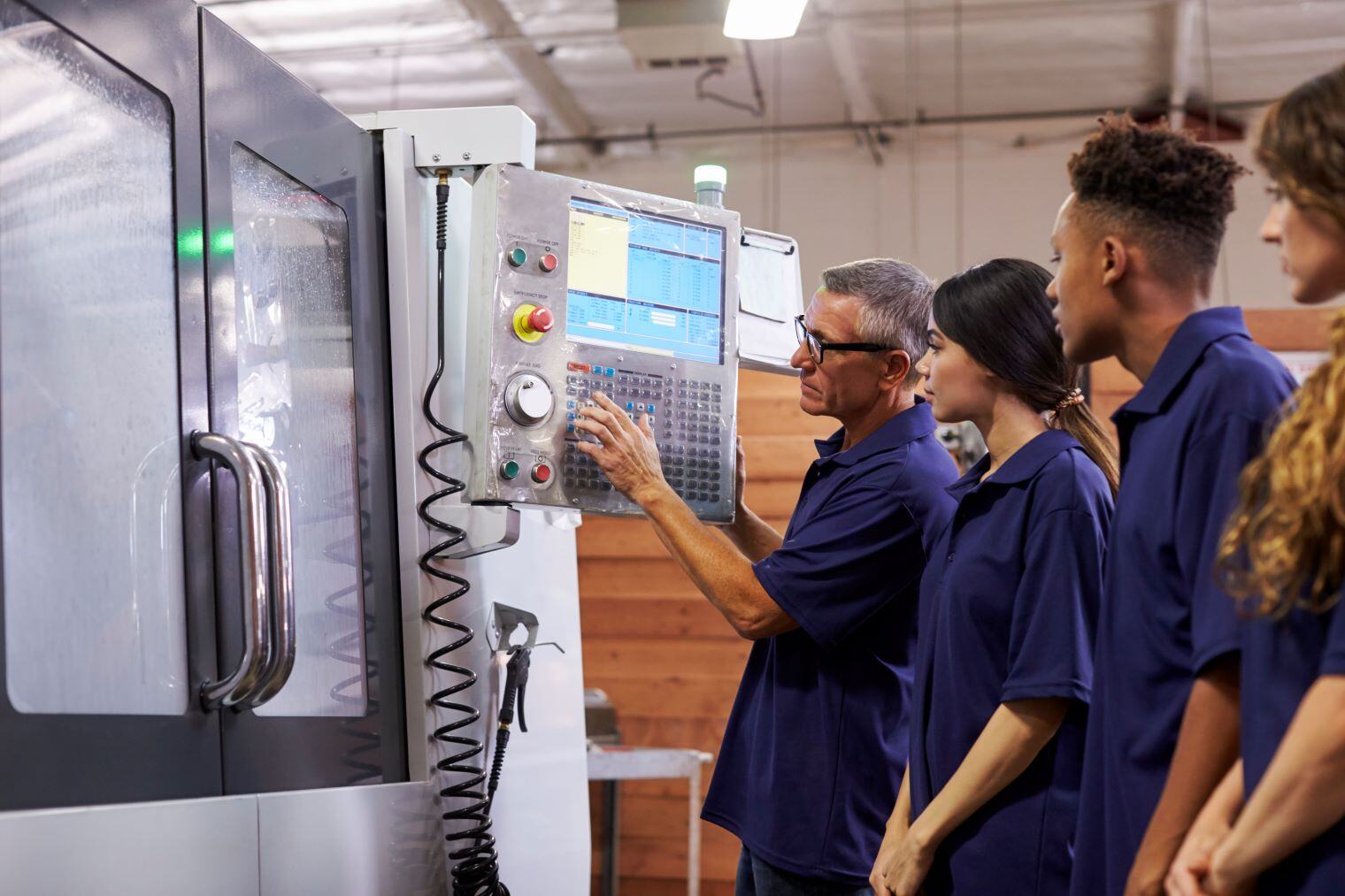Are You Ready for an OSHA Inspection?

Post Categories
Caitlin
An unexpected OSHA inspection is enough to send any business owner into a panic. For some companies, an inspection could lead to tens of thousands of dollars in fines and, in some cases, a damaged reputation in the industry. However, the best way to be prepared for a visit from the agency is to plan before it happens. Here’s how you can best prepare.
1. Have Safety Compliance Measures
Long before you ever come face-to-face with an OSHA agent, you should have safety compliance measures in place. You should also have policies that ensure those measures are being followed. Be sure your entire team knows the safety policies, why they are put in place, and consequences when they are not followed.
2. Prioritize What is Important
OSHA will look at a few things off the bat. Their typical priorities when they arrive are worker complaints, severe injury or illness, imminent danger, targeted inspections (certain industries), and follow-up inspections. This means that you should prioritize getting rid of any blatant safety hazards, such as wires going across a walking path or standing water areas. It also means monitoring the health and safety of your staff on an ongoing basis.
3. Keep Logs and Documents Up to Date
You should have illness and injury logs and a safety data sheet ready to show the OSHA agent. These logs are kept for OSHA inspections specifically. When there is a reported illness or injury in the workplace, this is where it should be logged. If OSHA receives a complaint and you don’t have any record of the injury or illness, it may not bode well. The agent may also request copies of other documents too. It is a good idea to request that the inquiry for more documents be in writing.
4. Perform In-House Interviews
There should be in-house interviews between managers and employees to ensure workplace safety and other policies are being followed. Interviews between supervisors and employees can also help prepare your team for an upcoming inspection. This way, when OSHA interviews employees, they will be prepared.
5. Know the Laws
One of the most important things you can do as an employer is know the laws regarding compliance. Be knowledgeable about what constitutes a violation and what doesn’t. You should also understand OSHA policies. For instance, supervisors are not allowed to be present during employee interviews with the agency, but it is advisable to have representatives present during supervisor interviews with OSHA. There are also probable cause laws when it comes to performing an inspection. An employer can refuse a voluntary inspection. After that, OSHA will need to return with a warrant for the inspection.
6. Try to Avoid Inspections Altogether
Although some inspections are unavoidable, there are things you can do to decrease the chances of a surprise pop-up from OSHA.
Find the Right Staff with Timpl
Having the right staff for the job at hand can impact your OSHA inspection readiness as well. Working with a staffing agency can help you fill in the gaps where you need it the most. Contact us at Timpl to see how we can assist your organization.


